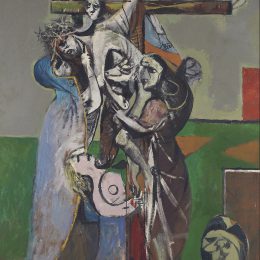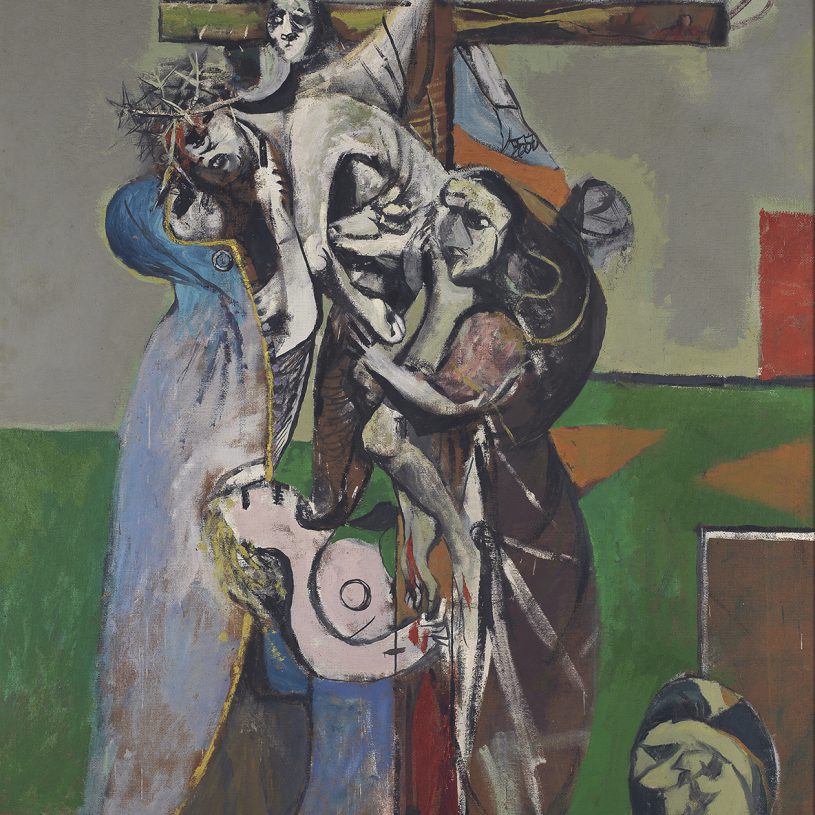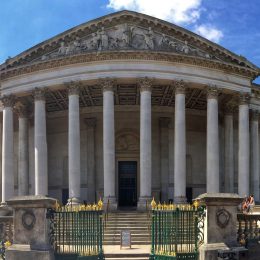Exploring the world of art, history, science and literature. Through Religion

Welcome to TreasureQuest!
Look through the treasures and answer the questions. You’ll collect jewels and for each level reached, earn certificates.
How far will you go?
You need an adult’s permission to join. Or play the game without joining, but you’ll not be able to save your progress.






Are there links to current religious practices or a modern equivalent?
There are many different examples of this scene depicted in art, from the 9th and 10th centuries to the present day, including a wealth of depictions from the 15th to 17th centuries, by artists such as Fra Angelico, Michelangelo, Caravaggio and Rubens.

Where is it from, where is it now?









 Faculty of Divinity
Faculty of Divinity